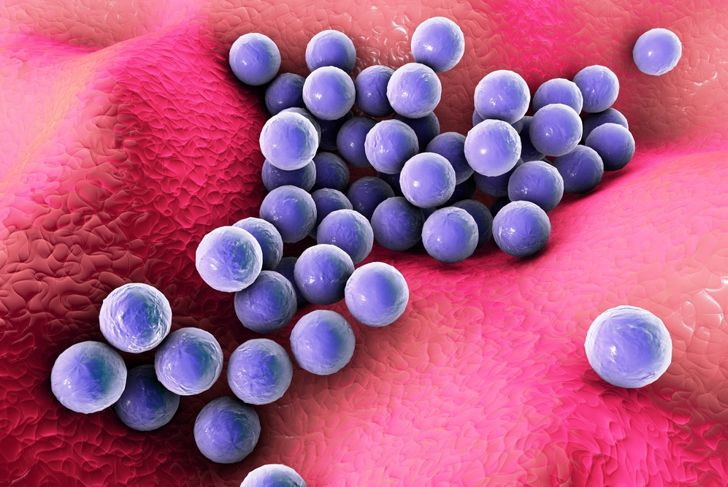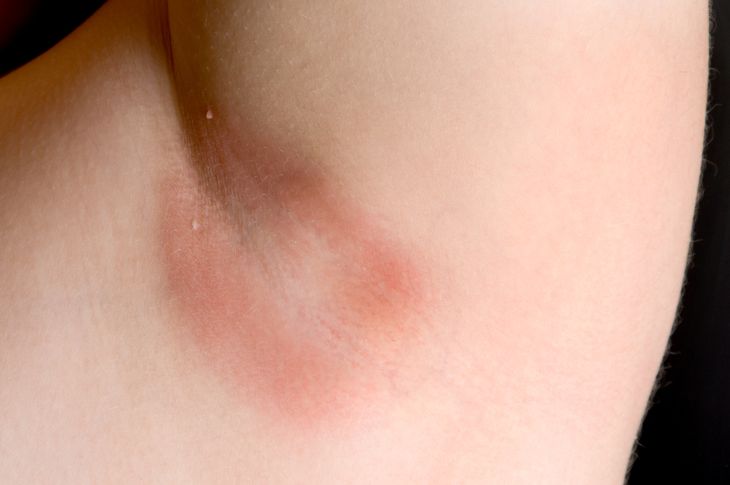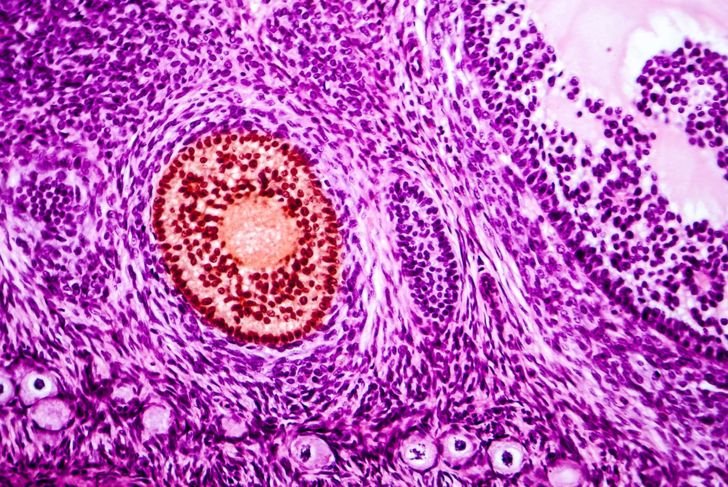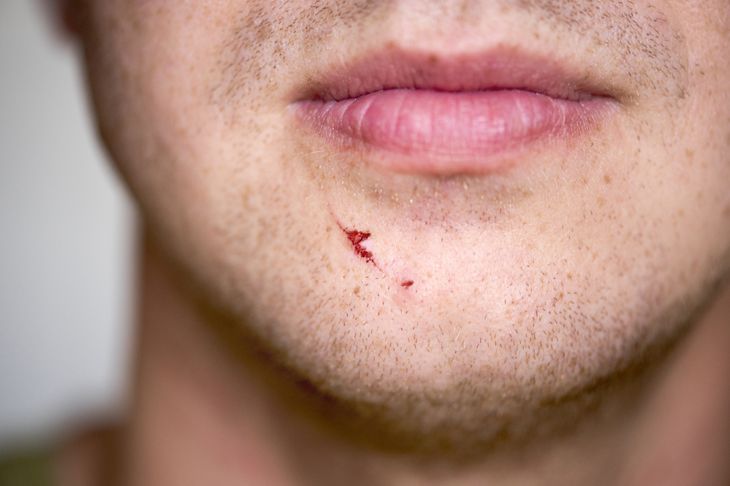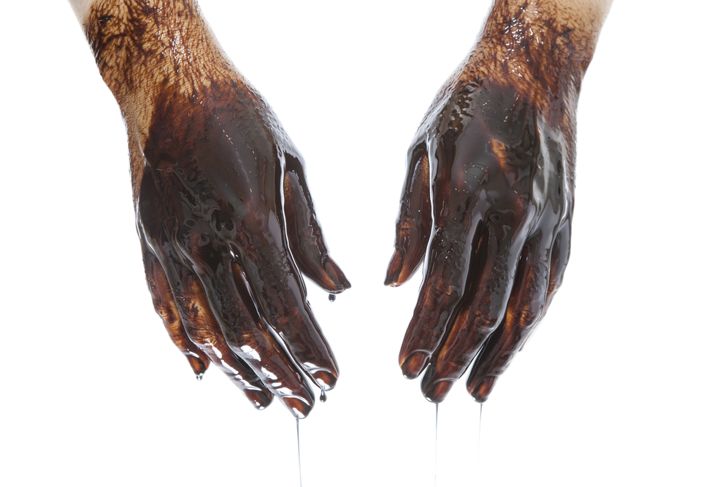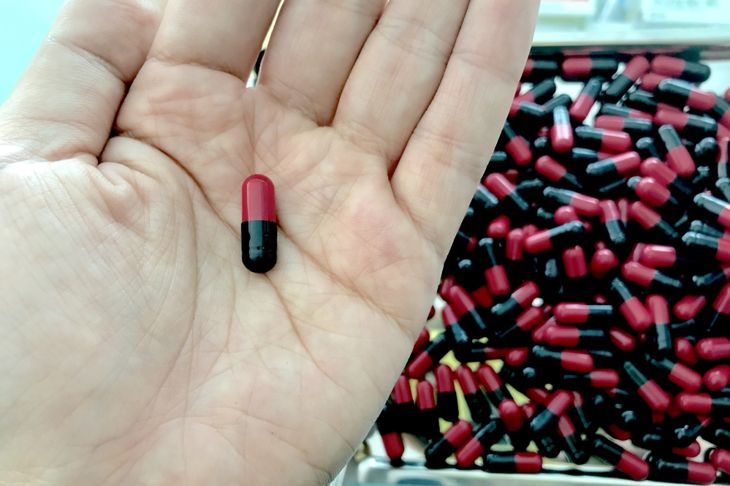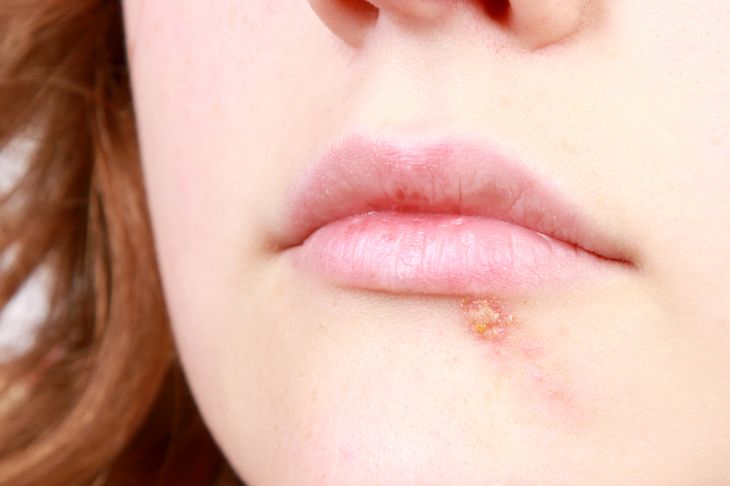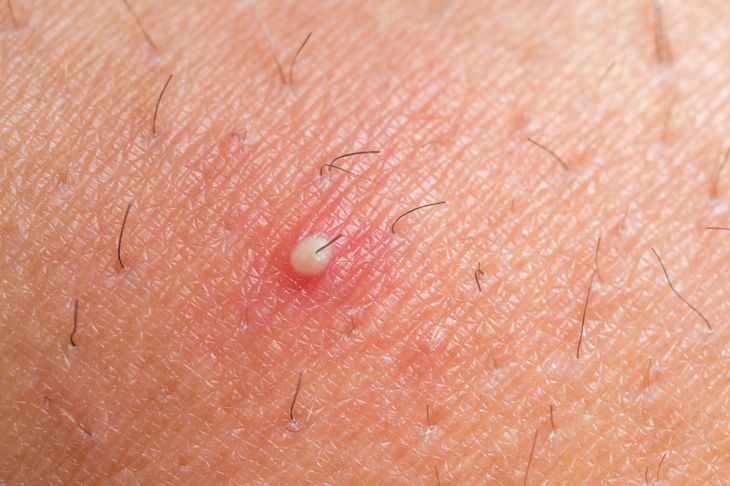Folliculitis is a skin disorder in which the hair follicles become infected or inflamed. This condition can occur anywhere on our skin. Though it is most common on the face, arms, legs, buttocks, and back. Folliculitis starts out as clusters of small white-headed pimples surrounding hair follicles which can turn into crusty sores if left untreated. The other symptoms of folliculitis include itchy and burning skin, large swollen bumps on the skin, and pus-filled blisters that break and crust when popped. Though the condition is not life-threatening, it can hinder everyday routine because of the itchy and sore skin. If left untreated, folliculitis can lead to permanent scarring and hair loss.
Bacterial infection:
The most common cause of folliculitis is a Staphylococcus aureus (staph) infection. Staphylococci are bacteria that inhabit our skin. But one species of this bacteria, i.e., staph can cause skin conditions (such as folliculitis) and pimple outbreaks. The staph bacteria are immune to most antibiotics which is why folliculitis is not easy to treat. Dryness of the skin, high salt intake, increased acidity in the stomach, and a weakened immune system are the most common reasons for the growth and spread of the staph bacteria on our skins. Skin conditions such as dermatitis or acne can also cause Staphylococcus aureus infections. This is the reason why folliculitis is commonly observed in people who already have skin problems.
Fungal infection:
Infections that are caused by the fungus Trichophyton rubrum or by the yeasts of the genus Malassezia can cause folliculitis around the face and lower legs area. Though these fungal infections are not as common as staph infections, these can be caused by simple everyday activities such as shaving or waxing. If you shave with an unhygienic razor or in an incorrect manner, it elevates the risk of a fungal infection. Other than this, sweat and personal care products can also exacerbate a fungal infection. Fungal infections can also occur on the arms and armpits as well, but this generally only happens if you excessively shave these areas of the body.
Poorly maintained hot tubs:
A bacterium that is often found in unhygienic hot tubs or spas is the Pseudomonas aeruginosa which can also cause folliculitis. This type of folliculitis is known as hot-tub folliculitis that occurs when you sit in a hot tub that was not properly cleaned. The symptoms of this folliculitis occur in the body parts that were in contact with the hot tub particularly the legs, buttocks, chest, hips, arms, and surrounding areas. The chances of folliculitis increase if you wear clothing such as a bathing suit when you are in the hot tub or spa. A similar kind of folliculitis can also occur by swimming in a pool that is not well maintained or cleaned properly.
Weak immune system:
This condition is common in individuals that have a weak immune system such as immunosuppressed patients and infants. This is known as eosinophilic folliculitis, and it can occur in all parts of the body that have hair follicles. In infants, though, eosinophilic folliculitis most commonly occurs in the scalp area and does not have severe symptoms. Immunosuppressed patients such as people who have bone-marrow cancer, AIDS, or HIV, need to take drugs or medicines for treating these conditions. These medicines weaken the immune system of these individuals that make them more prone to eosinophilic folliculitis. Symptoms such as hyperpigmentation and large red bumps are commonly observed in individuals that have impaired immune systems.
Razor burn:
This is a common cause for folliculitis on the male’s beard and neck area and the women’s leg area. When a razor is repeatedly passed through the skin, it produces very tiny cuts which damage the hair follicles. This allows bacteria to enter the follicles and lead to these bumps. Moreover, shaving excessively can cause small hair strands to get trapped beneath the skin that can cause inflammation of the hair folliculitis. Note that this is because of the repeated movements of the razor – it can be avoided by shaving less vigorously and leaving stubble behind instead of shaving the skin clean.
Exposure to cutting fluids:
When the skin is exposed to various kinds of cutting fluids such as neat cutting oil, it can lead to the inflammation of the hair follicles causing folliculitis. Cutting fluids are insoluble coolants and lubricants that are used for reducing friction between metal parts in machinery and other metalwork processes. Road workers, mechanics, refinery workers, and machinists commonly make use of such fluids in their work, and if their skin comes into contact with these cutting fluids, it can cause folliculitis. There are certain personal care and makeup products that contain such oils too.
Drugs:
Several drugs are known to be associated with folliculitis eruptions. These drugs can be systemically administered or topically applied to the skin. The most types of drugs that are known to cause folliculitis include steroids (such as androgens), oral contraceptives, halogens, lithium, immunosuppressants, epidermal growth factor receptor inhibitor, and anticonvulsants. The overuse of these drugs and medicines can cause damage to the immune system and hair follicles leading to folliculitis. However, the symptoms are not as severe as other causes. And the condition can most often be controlled (and alleviated) by simply reducing the intake of the drug.
Long-term antibiotic treatment for acne:
People that have recurring acne often receive long-term antibiotic treatment. The antibiotics used for treating acne are generally rifampicin and tetracyclines. They are effective in treating acne but at the same time, can also lead to folliculitis if they are used excessively. This condition is known as the gram-negative folliculitis. The antibiotics influence the bacterial balance of the skin leading to folliculitis eruptions. The symptoms are generally more severe with clusters of very itchy red bumps appearing in various parts of the body. However, after the antibiotic treatment for the acne is complete, the bumps soon disappears too.
Viral infection:
The herpes simplex virus can cause a viral infection around the mouth area. It is a condition that we commonly know as a cold sore. The risk of such viral infections is elevated by stress, skin trauma, menstruation, sunburn, dehydration, and sunlight. However, this viral infection is generally caused by the transmission of the herpes simplex virus from one infected body to another. If this virus spreads to the hair follicles surrounding the mouth, then it can lead to herpetic folliculitis. If the viral infection, i.e., a cold sore is left untreated then this folliculitis can become more severe. With symptoms such as puss-filled blisters which turn into permanent crusty sores around the beard area on our face.
Pseudofolliculitis barbae:
This is an ingrown hair condition that occurs when the highly curved hairs (in the beard area) grow back into the skin. This causes inflammation of the hair follicles and a response from the immune system. The condition is also known as shaving rash or razor bumps. It is common for men that have curly or kinky hair growth. The inflammation of the hair follicles increases with repeated shaving. This can lead to folliculitis eruption in the form of clusters of red bumps in the beard area. Vigorous shaving or repeated strokes of a razor on the skin can make the it more severe.

 Home
Home Health
Health Diet & Nutrition
Diet & Nutrition Living Well
Living Well More
More